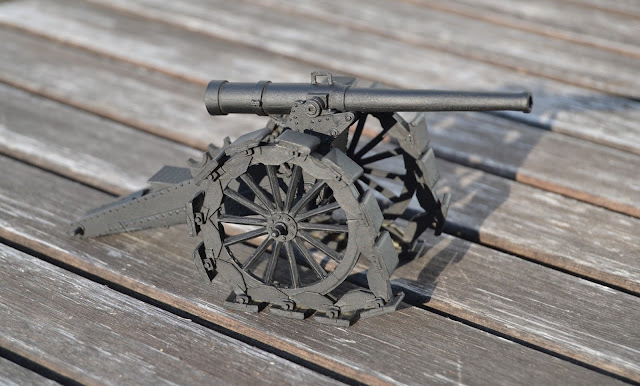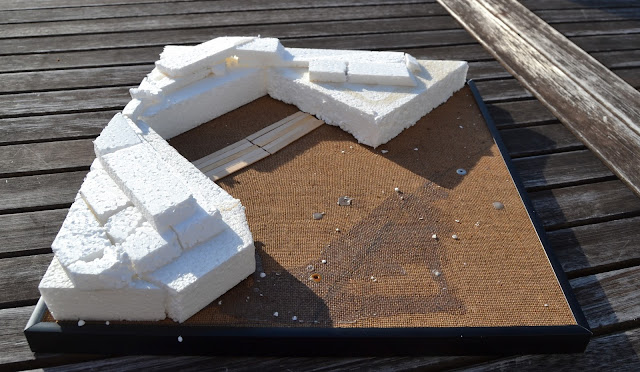Obviously reality is a primary inspiration for me. Who wouldn't be inspired by the above photo? There are more great prototype locos and scenes than I can ever manage to model even if I lived to be 100 years.
Other modellers' work surely inspires too. I pick up that inspiration from several sources. The work of many talented modellers appears in Narrow Gauge and Industrial Railway Modelling Review and I honestly don't know where I would be modelling wise if that magazine wasn't available. A huge 'thank you' to editors, helping staff and authors. If you are not a subscriber, consider becoming one. Find out how to order a subscription here.
However great a real paper magazine is, online inspiration can be found as well. A myriad of sites offer images, films and descriptions of real industrial railways (usually long gone, unfortunately) and advise on how to model them. The best I know is the NRGM-forum. You have to acquire a login, but that tiny trouble will repay endlessly. The forum is frequented by friendly expert modellers from all over our planet - some of them known from the 'Review'.
On my work bench I'm learning new things. Last evening I practised my weaving techniques as I was making revetments for my French artillery position. I used tooth picks and cheap wire from a hobby shop.
 |
| A short section of weaved revetment in 1:35 scale. My test worked out rather well. More sections are on their way. |












